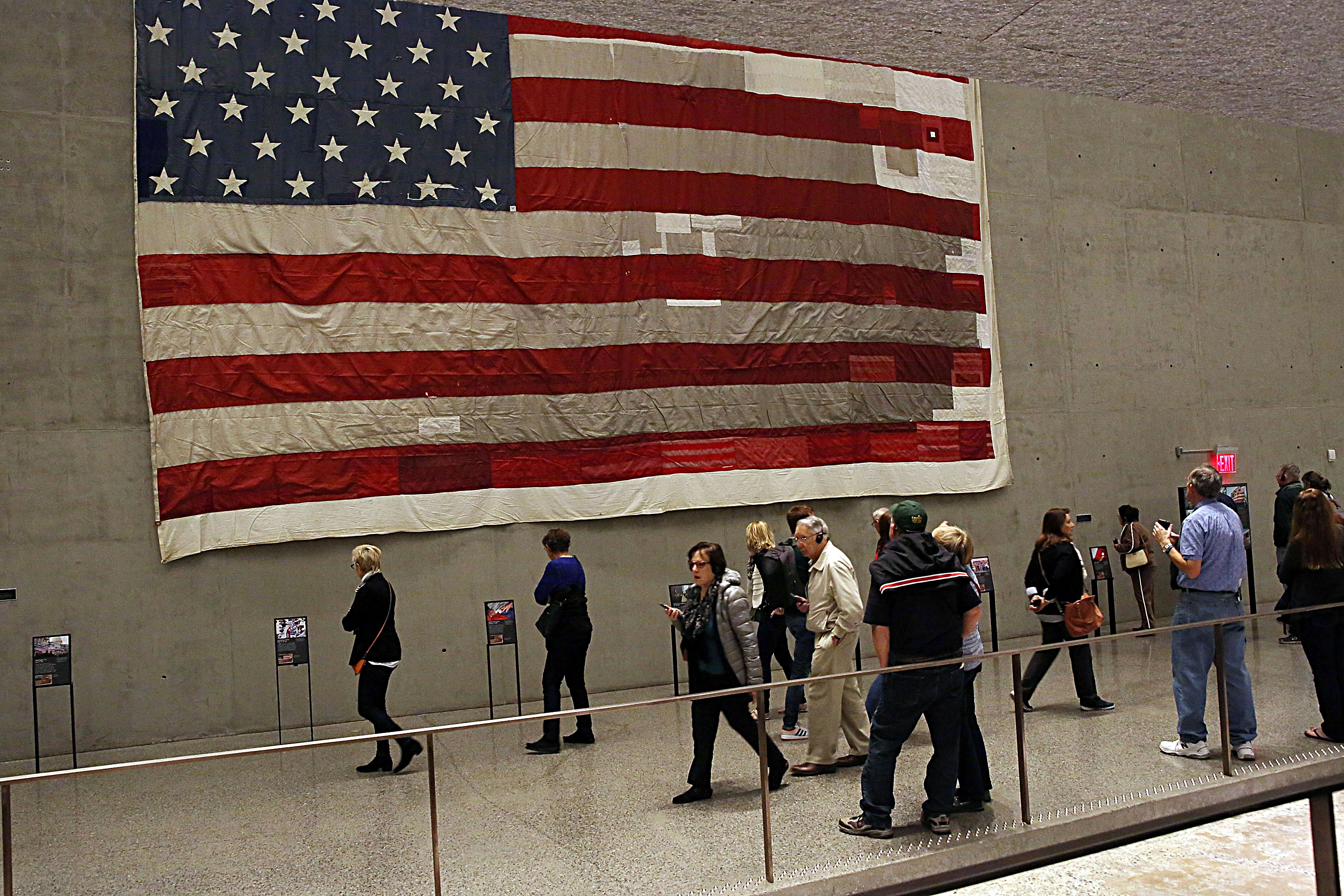The Ancestral Puebloans (also known as Anasazi) were a Native American civilisation in the southwest whose most famous ruins mix history with mystery in Mesa Verde, Colorado. It was here, in the late 1100s, that they built a spectacular cliff-side city, only to abandon it a century later for reasons still not completely understood, though environmental changes are thought to have played a role.
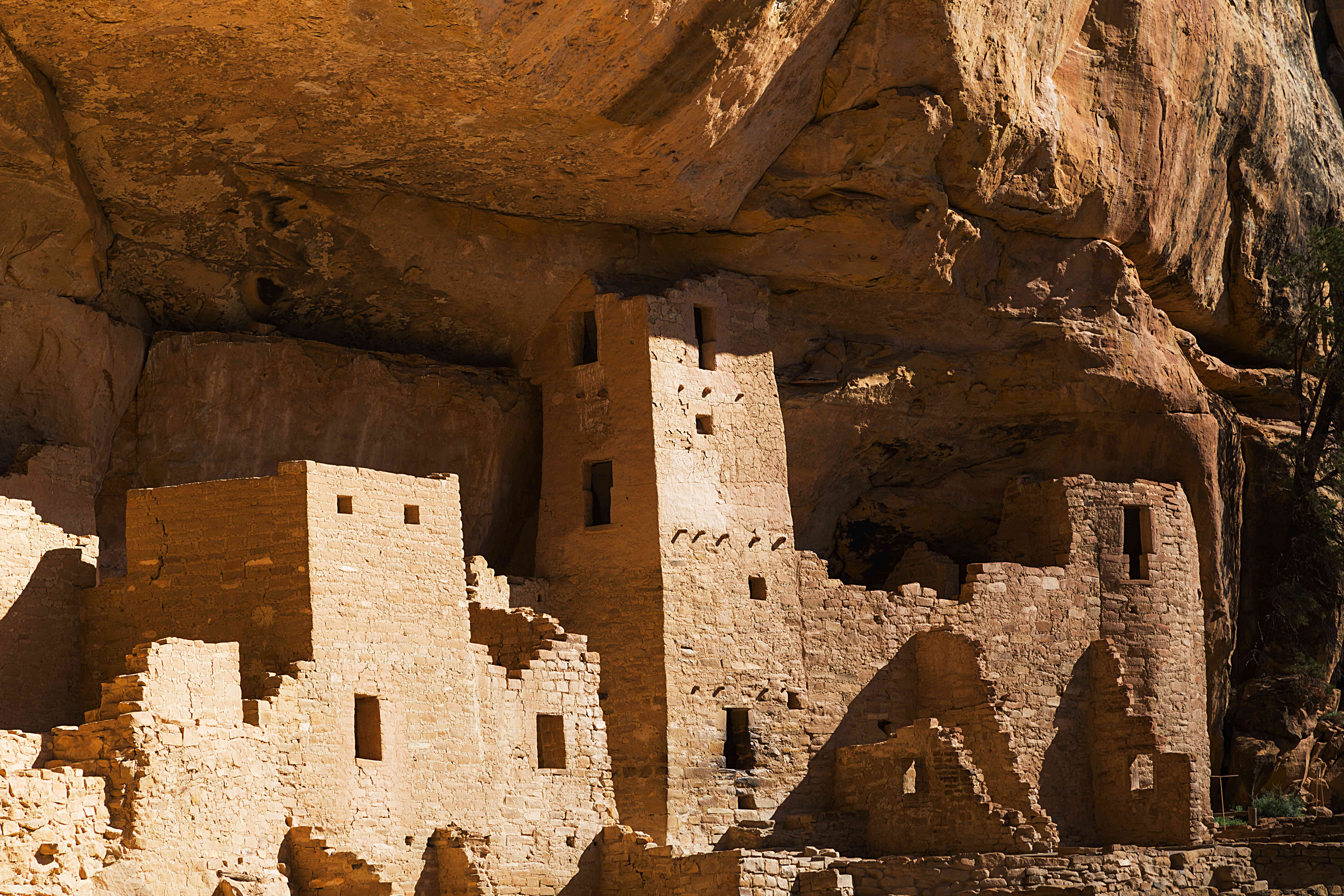
You’re more likely to associate pyramids with Egypt than Illinois, but this Midwest state has not one but dozens of pyramids, clustered together in a site known as Cahokia Mounds. This now-grassy spot was previously the largest city of the Mississippian culture which flourished across a huge swath of what is now the central and southern US, reaching its peak (literally) around 1200. Manmade mounds were the civilisation’s signature building and Monk’s Mound at Cahokia is one of the biggest examples.
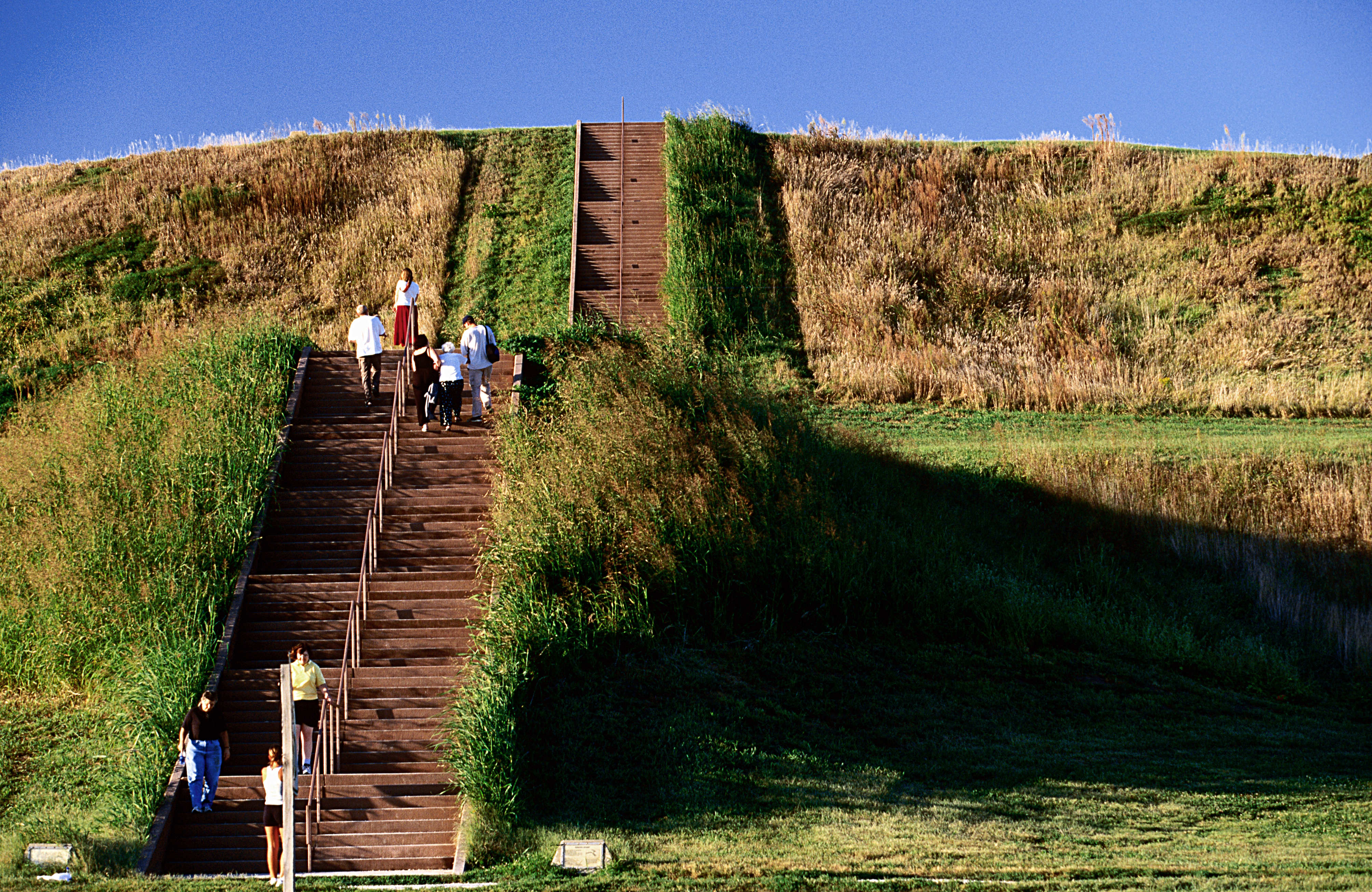
In 1565 it wasn’t the British who were coming, but the Spanish, who founded the USA’s oldest city, St Augustine, in Florida that year. Stand where Ponce de León landed, sip from the legendary ‘fountain of youth’ (spoiler: it doesn’t work), explore a three-hundred-year-old fort, or just stroll the cobbled streets, soaking up the genuinely historical atmosphere.
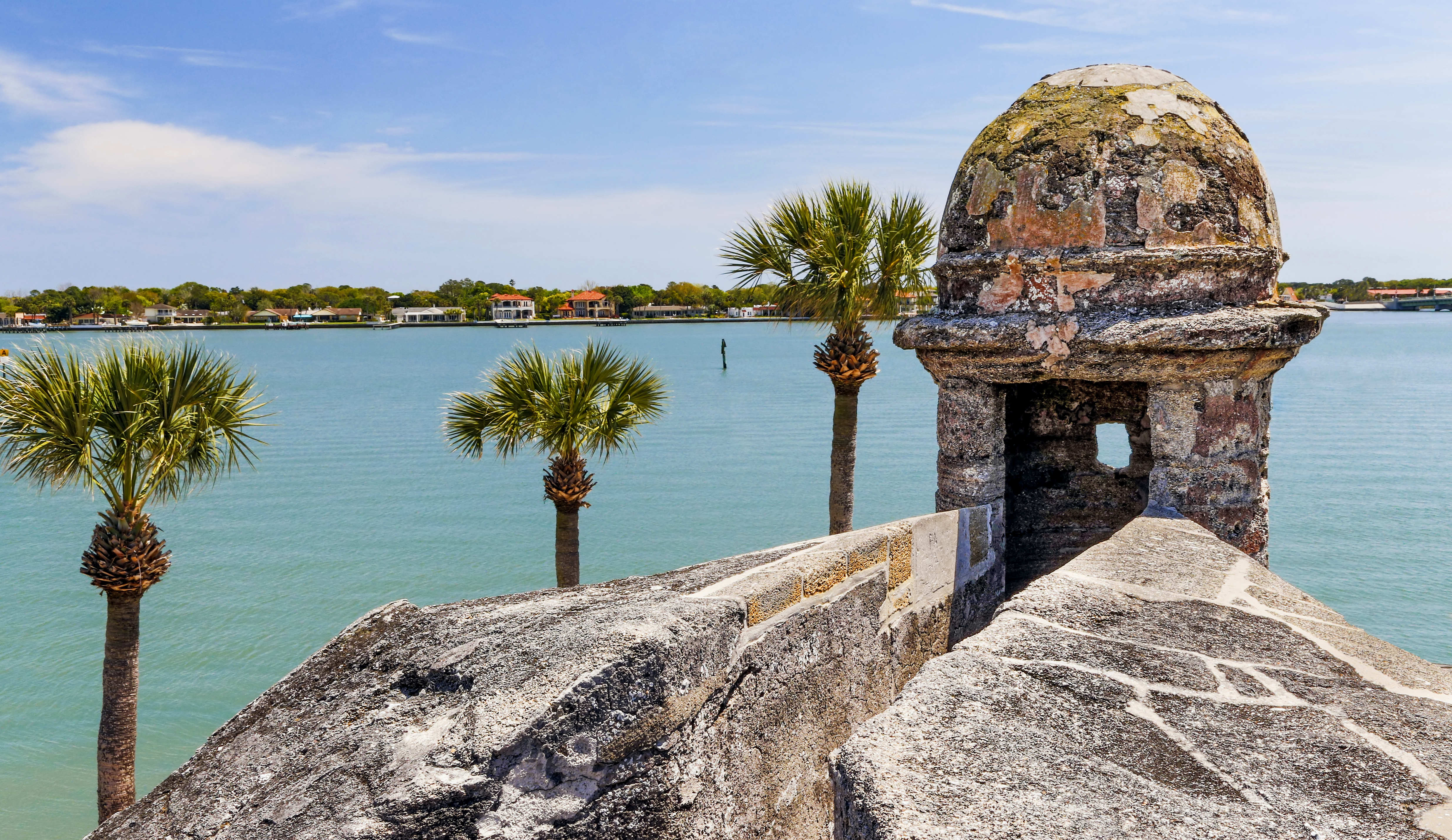
As far as the history of the United States goes, it all started with a small English colony founded in 1607: Jamestown. From precarious beginnings (starvation was a constant threat) and the legendary tales of Captain Smith and Pocahontas, the settlement eventually grew and thrived, paving the way for further (13 in total) British colonies along the Atlantic Coast. The original site has a few remains from the early seventeenth century, and nearby Jamestown Settlement is a living-history museum giving further insights into early colonial life.
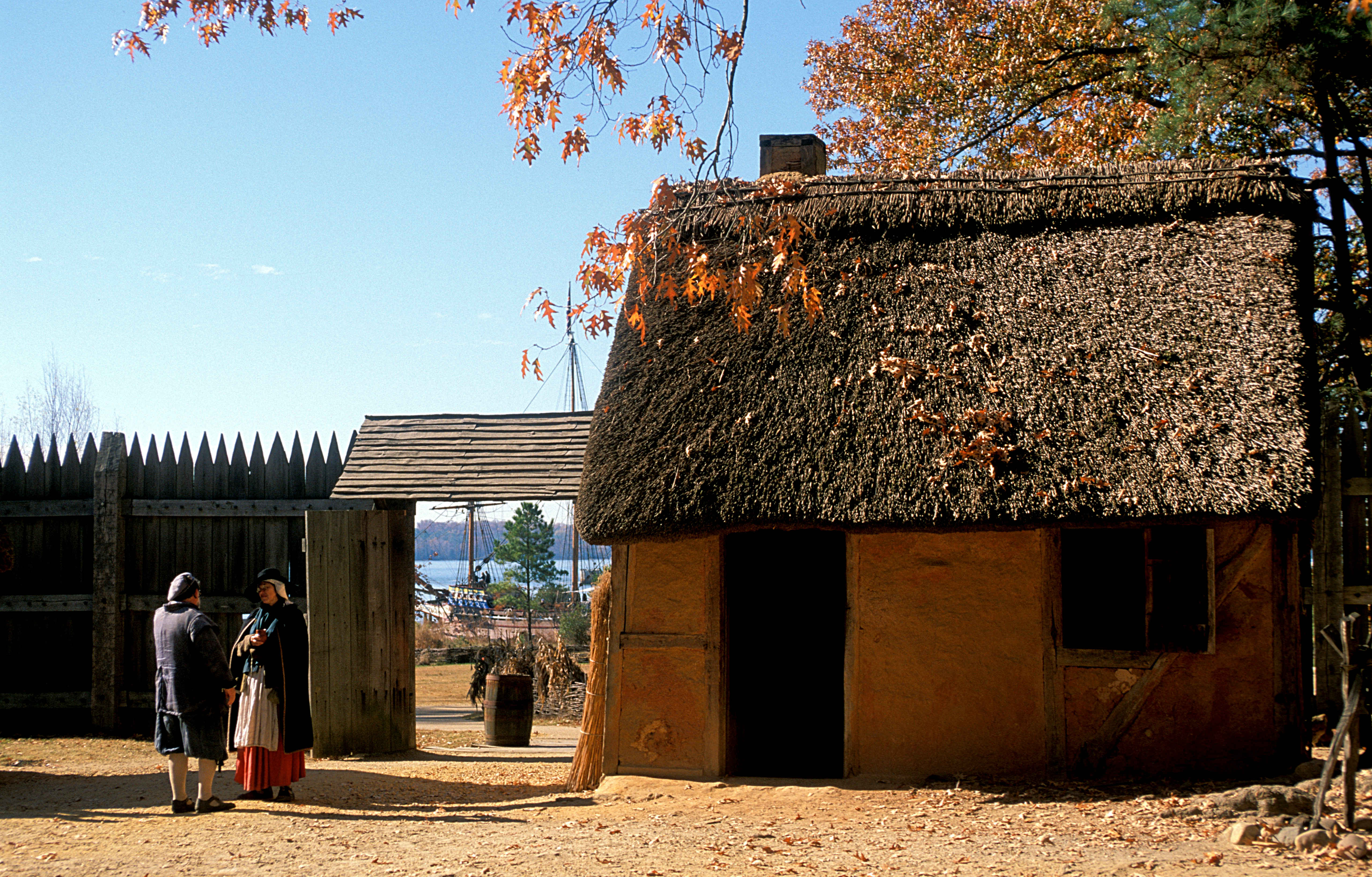
No place in the country is more connected to the War of Independence than Boston. It was here that the first stirrings of revolt were felt, where the tea was thrown off the ships, and where the first battle was fought in the war that led to the United States. There’s no better way to learn more about the nation-creating events than by following the Freedom Trail through the city, stopping off to enjoy the bars and restaurants of modern Boston along the way.
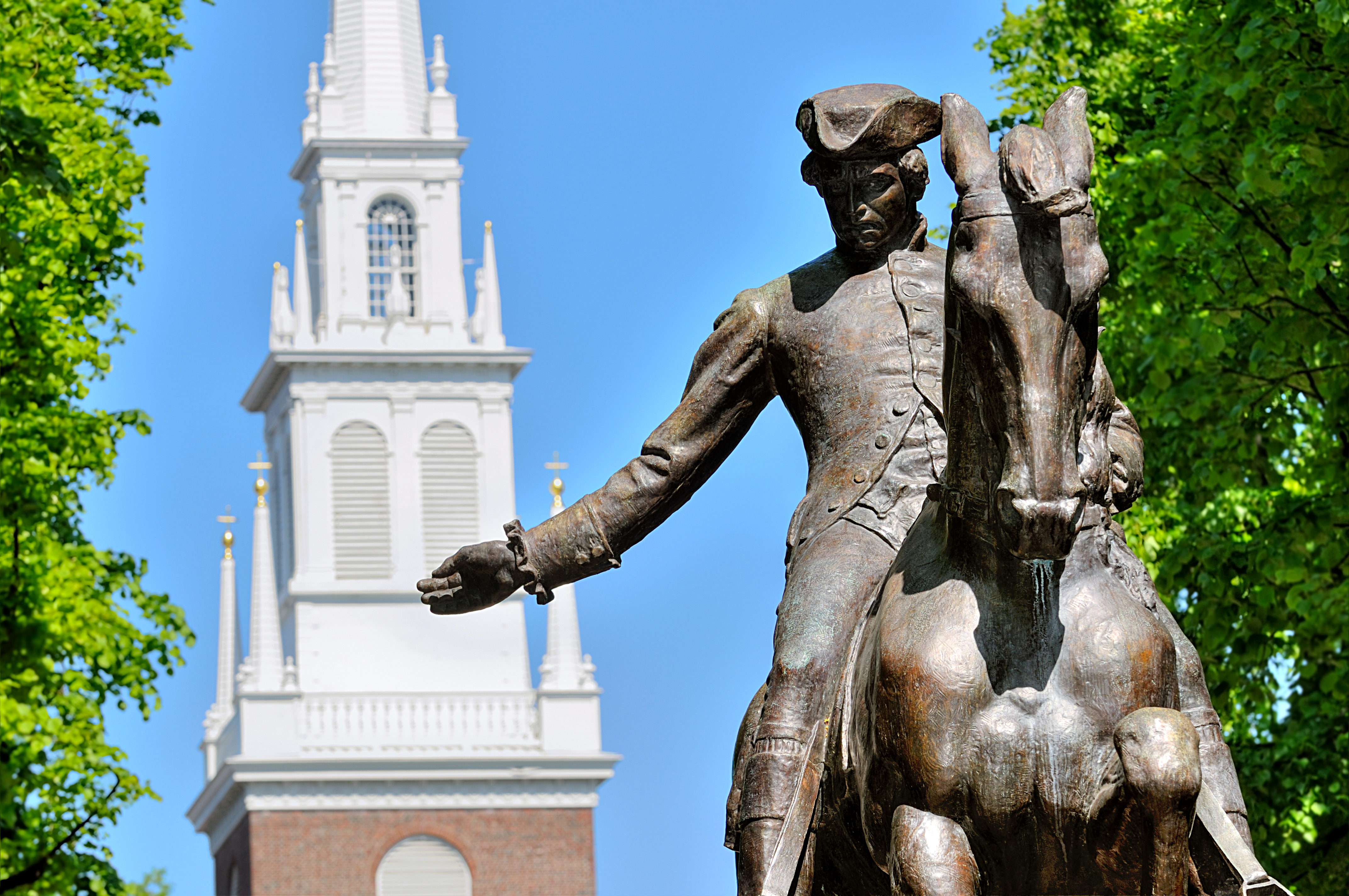
While the British were busy over in the east, the Spanish were setting up churches, known as missions, out west in California. The first were founded by Franciscans in what is now Mexico’s Baja California, but soon they spread north to a few places you might have heard of: San Francisco, Santa Barbara and San Diego, to name but three. Cities grew around them and California changed hands (it became a US state in 1850), but the chain of 21 churches is still there and well worth a visit.
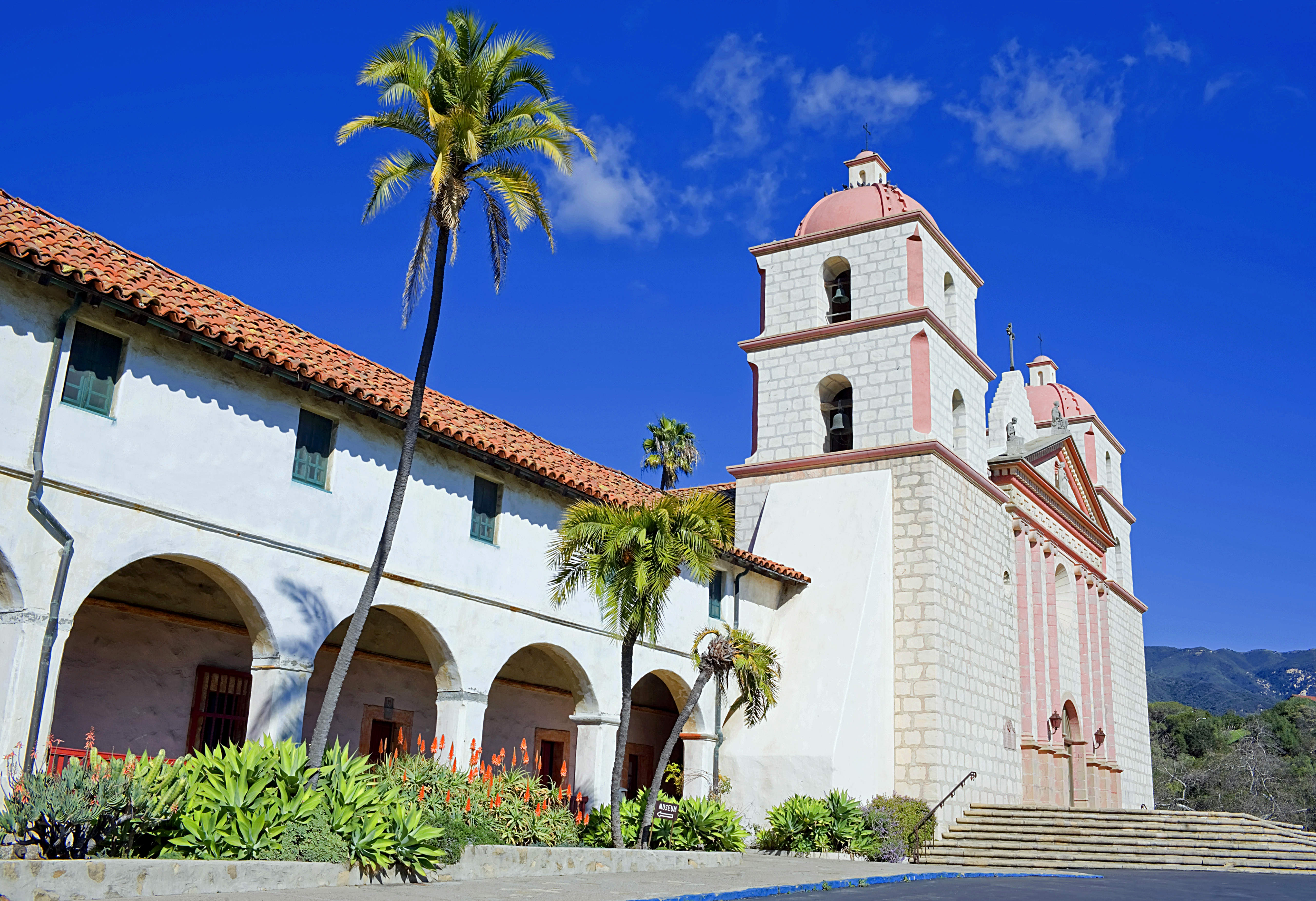
Four score and seven years after breaking with Britain, the United States was in the middle of another existential crisis – the Civil War. When states began seceding from the Union in 1861 it was the catalyst for a conflict that ultimately claimed over 600,000 lives. One of the bloodiest battles was fought over three days near the Pennsylvanian town of Gettysburg, when Confederate forces invaded the North but were defeated by Federal troops. Lincoln’s speech, made a few months later at the dedicating of the war cemetery on the battlefield, is one of the greatest in American history.
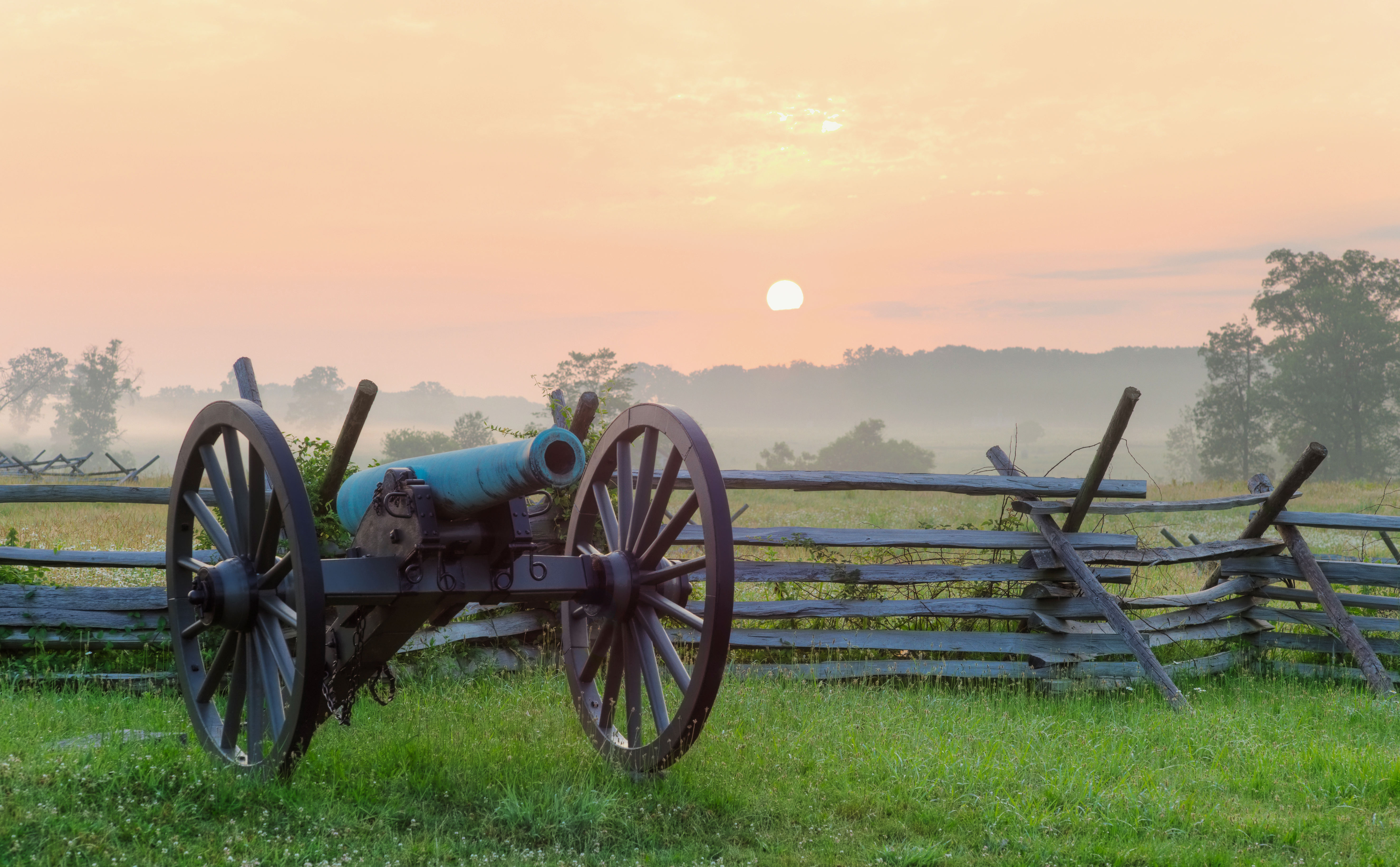
Built for the Hawaiian royal family and finished in 1882, just over a decade before the monarchy was overthrown, ‘Iolani Palace is an opulent reminder of Hawaii’s unique past and the US’ soft imperialism in the late nineteenth century – what King David Kalakauna commissioned as a suitably regal residence would soon become the capitol of the republic, the territory and, finally, the state of Hawaii. Today it’s open for visits Monday to Saturday.
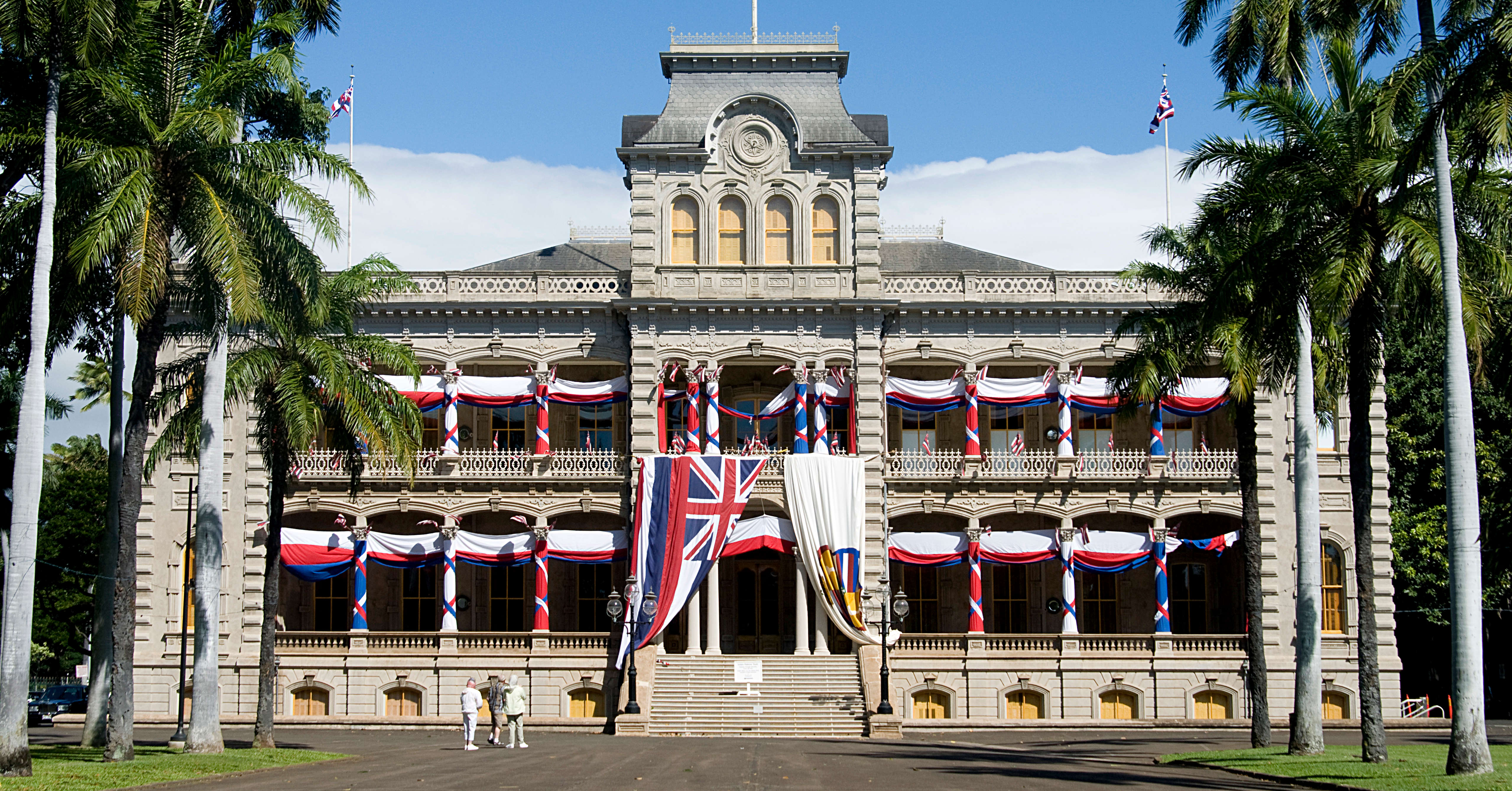
Dealey Plaza would be little more than an easily overlooked part of downtown Dallas were it not for the momentous events that took place here on November 22 1963. The assassination of President Kennedy shook America, and the images captured that day have become so iconic that any visit here is an experience in déjà-vu. Stand on the grassy knoll and visit the Sixth Floor Museum (the former book depository from where Oswald fired on the motorcade) to understand the significance of this site in the American psyche.
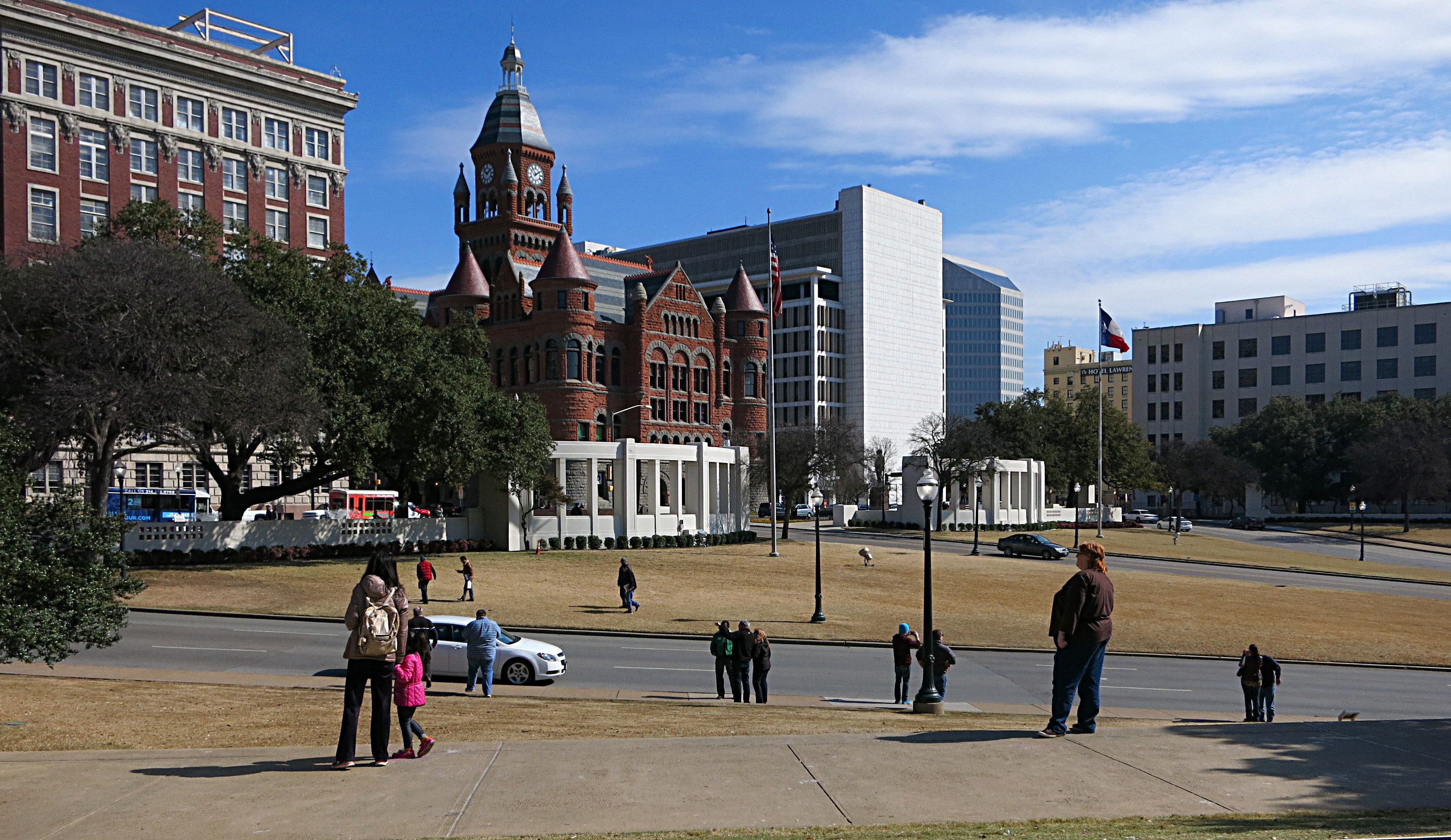
No other event in recent history has affected and shaped the US like the terrorist attacks on September 11 2001. The destruction of the Twin Towers, as well as the attack on the Pentagon and the downing of Flight 93, are all remembered in the understated pools of water that outline the footprint of the towers and in the museum which does an excellent and moving job of describing what happened that day.
